Starbucks 'first intangible cultural heritage experience store in the world is about to open! Popularize and spread the traditional culture of Chinese batik
Do you know? Batik is an ancient dyeing technique. Chinese batik production technology has a long history, which can be traced back to the 6th century AD. It is a kind of handicraft art of folk traditional textile printing and dyeing. Because of its simple and elegant tone, unique style and unique charm, it is mostly used in traditional clothing and all kinds of daily necessities.
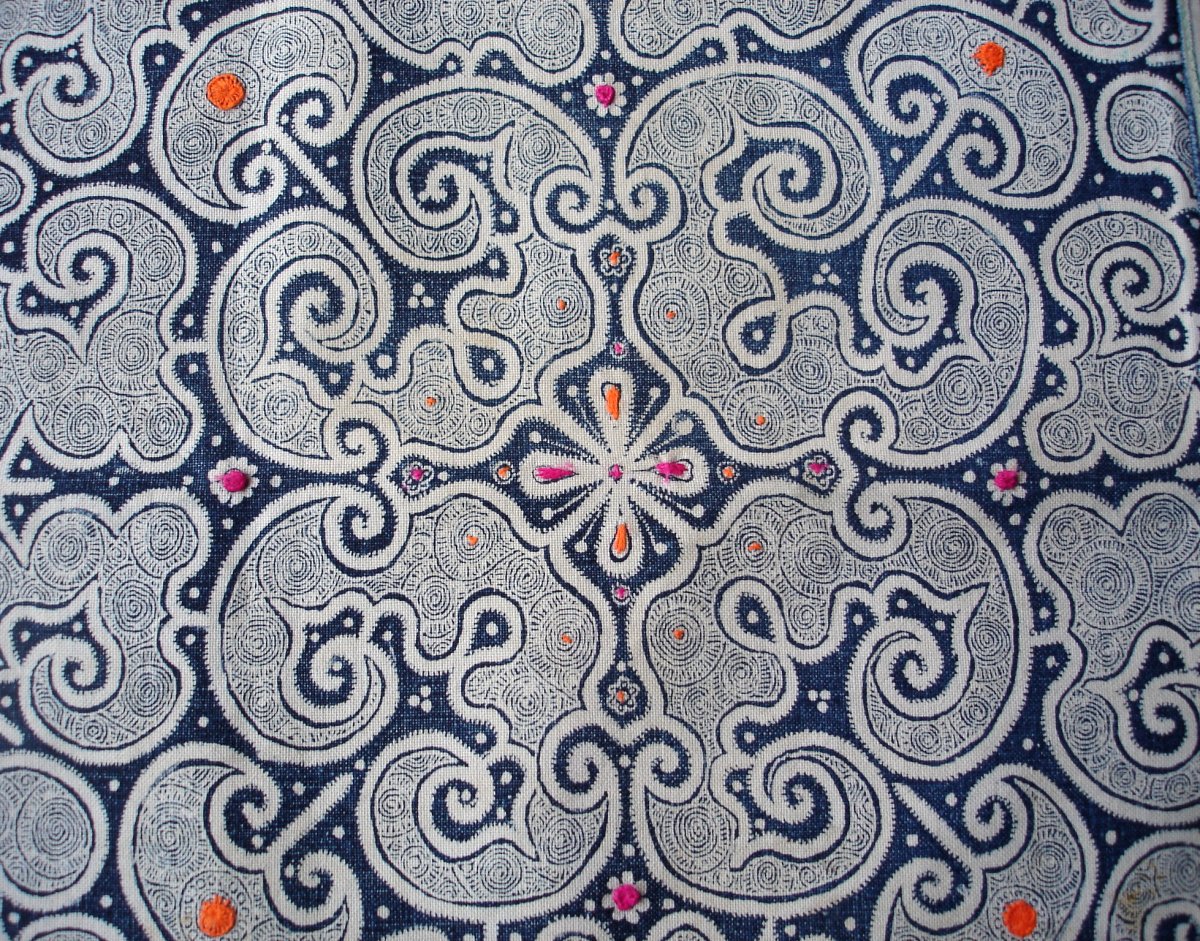
Batik art works from Yunnan, China
Today, although ethnic minorities in southwest China still retain the tradition of batik, these textile technologies are slowly disappearing due to the printing imitation of batik synthetic fuel and the introduction of machine embroidered cloth. And like many excellent traditional craftsmanship, batik art is being forgotten. How to preserve and inherit this craft is an increasingly serious challenge.
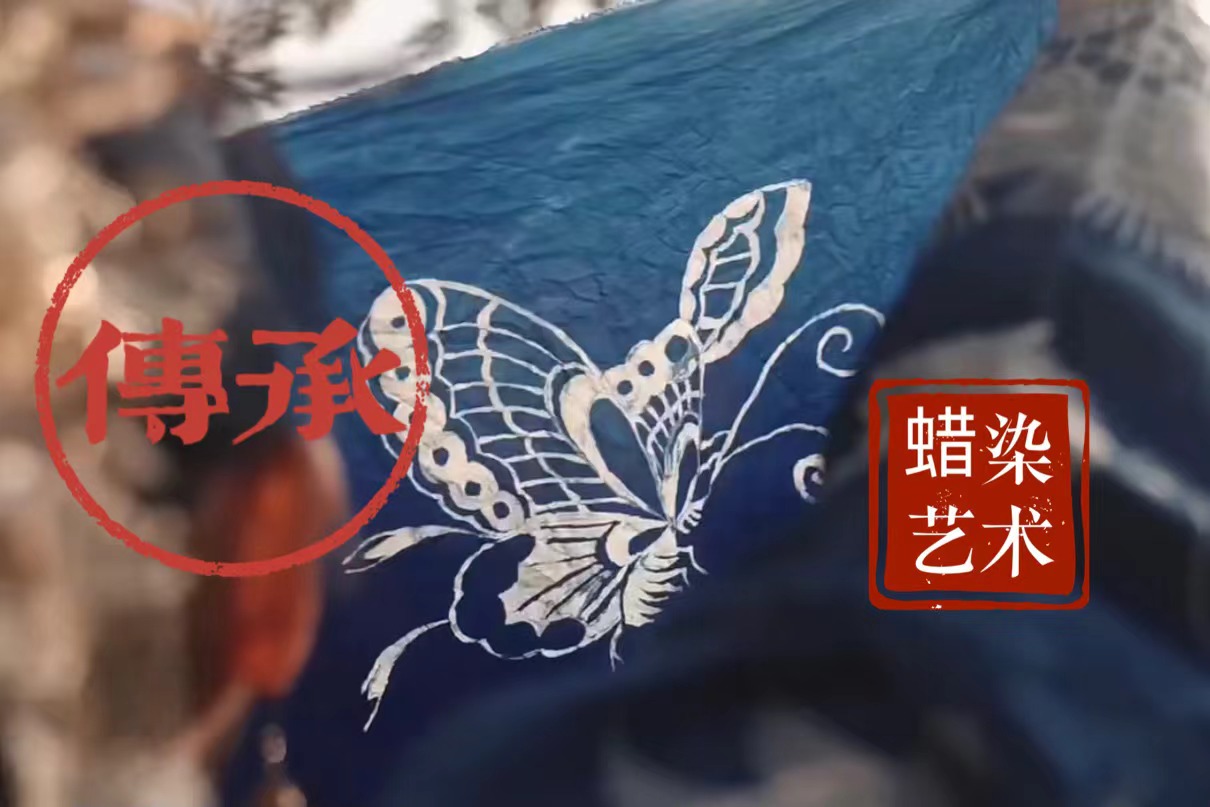
Starbucks took on this social responsibility. Just yesterday, Starbucks China's official Weibo announced the opening of Starbucks China's first "intangible cultural experience store"-Starbucks selected Beijing Chinese trade store. In a short 30-second trailer, we can learn about the complete steps of batik such as copying, waxing, drawing, dyeing and so on. It is not too much to say that it is a small promotional film of batik process.
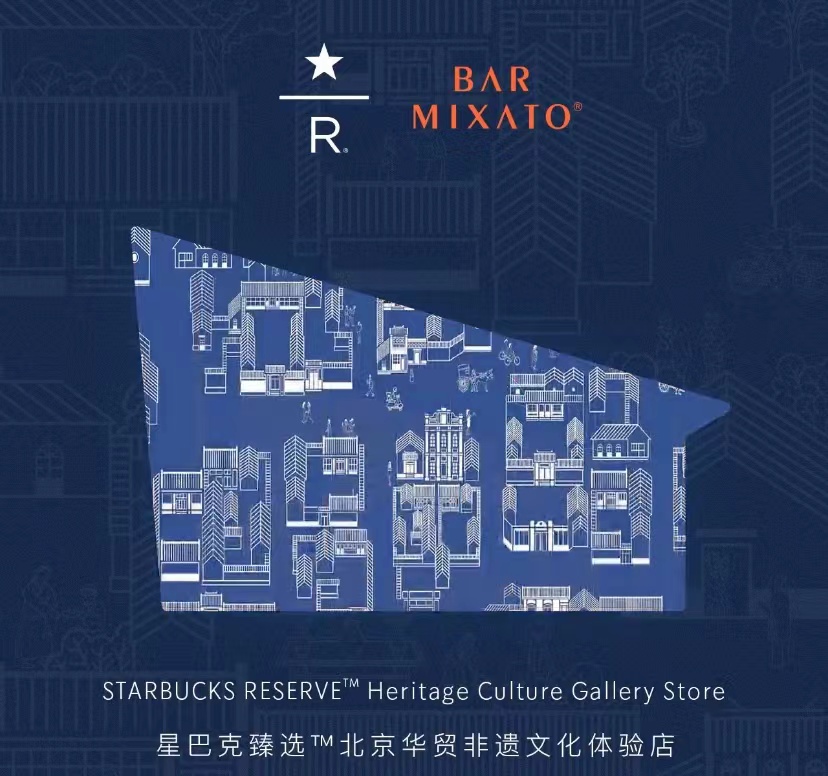
This non-heritage cultural experience store is not on a whim, but "premeditated". In fact, as early as 2020, Starbucks launched the "Rural Mother acceleration Program" in conjunction with the China Women's Development Foundation, which aims to actively promote the protection and inheritance of China's intangible cultural heritage. Starbucks has donated about 7 million yuan to Give2Asia for this purpose, and plans to provide more than 22000 special skills training to more than 1500 poor rural mothers within three years to improve their handicraft skills and help rural mothers to start their own businesses at home while helping the development of traditional craftsmanship.
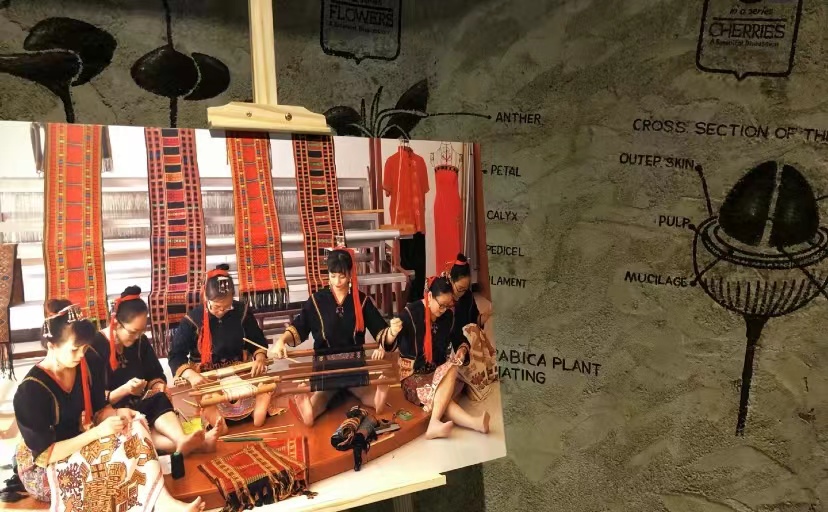
The supporting objects of the project are embroidery and Dali tie-dyeing in Mangshi, Yunnan, Miao embroidery and silver ornaments in Qiantai River, Danzhai batik, Jingdezhen ceramics in Jiangxi, cloth paste paintings in Fengning, Inner Mongolia, ear pillows in Wengniute Banner, peasant paintings in Dongfeng County, Liaoyuan, Jilin Province, and Lijin in Baisha City, Hainan, more than 10 kinds of precious traditional handicrafts with a long history.

After the launch of the project, Starbucks selected characteristic stores in 10 first-and second-tier cities across the country to hold an experience salon called "Awakening non-Legacy, Speed up Mom" program, and brought in major skill inheritors to introduce to the public the relevant knowledge of China's intangible culture, and lead you to learn to experience the production of handicrafts at the event site.
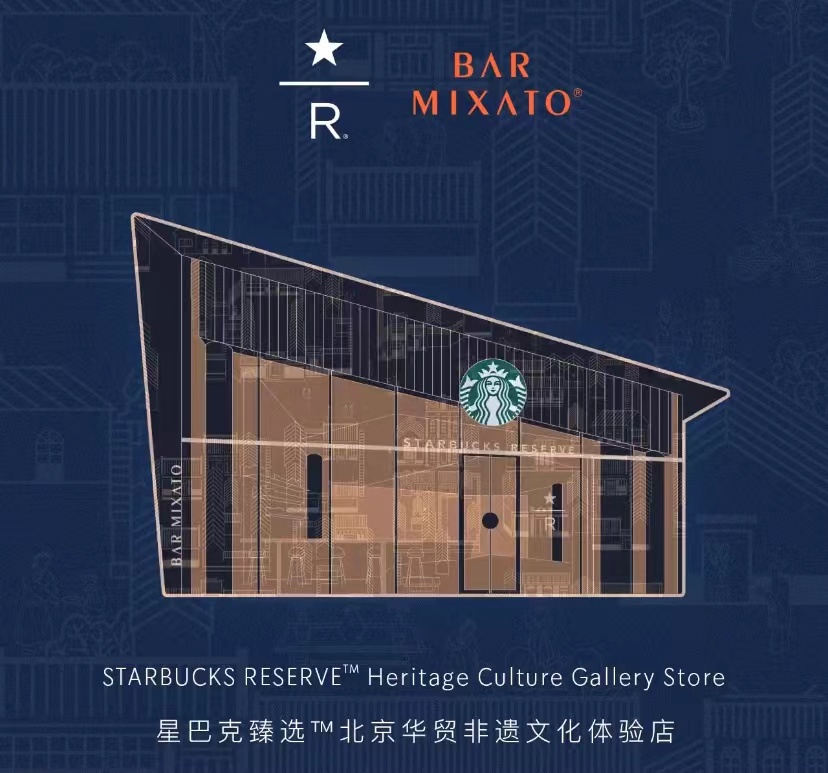
The Beijing Huamao intangible cultural experience store, which opened on November 10, shows a large number of batik works of art in front of the public, making people feel the vitality of these handicrafts. Batik elements can be seen everywhere, whether it's the bar wall wrapped in batik canvas or the barista's apron badge, immersive batik. According to the official introduction, the non-heritage cultural experience store will debut "non-remnant Space" for the first time and will continue to bring non-heritage-themed art exhibitions to customers. Stores also organize non-heritage cultural experience salons regularly to give more young people in the city the opportunity to experience.
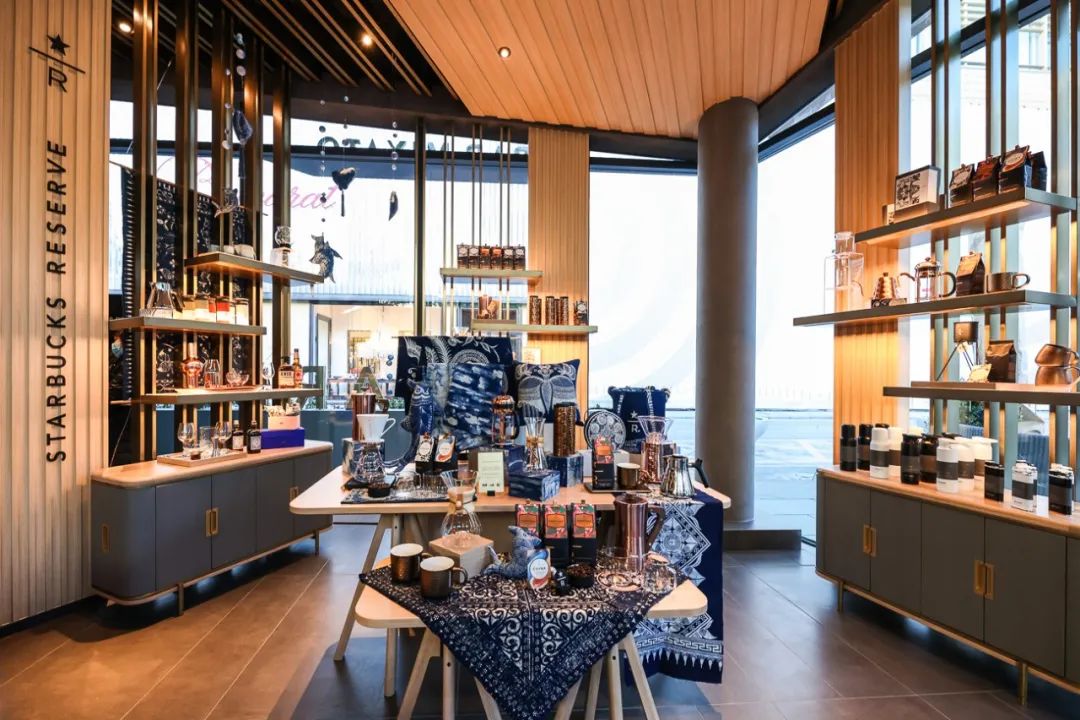
How to keep traditional handicrafts alive? Code workers think that traditional craftsmen must understand how modern market transactions work, while the public should try to understand and maintain curiosity about old things. Increase interaction, give out the meaning behind the work, and establish a relationship between buyers and sellers.
Finally, the codeword worker wants to say that at a time when the national style is dominant and the national confidence is high, what better marketing than traditional culture?
Photo Source: Internet, Starbucks China Consulting Center
Important Notice :
前街咖啡 FrontStreet Coffee has moved to new addredd:
FrontStreet Coffee Address: 315,Donghua East Road,GuangZhou
Tel:020 38364473
- Prev

Black coffee | how to make black coffee? is the coffee in a tea restaurant the same as the black coffee in a cafe?
Black coffee is actually a Cantonese term for black coffee. Cantonese use Zhai to represent black coffee without adding anything, so black coffee without adding anything is called fasting coffee, which can be drunk in cafes or cafes. But combined with the eating habits of Cantonese, the caffeine in teahouse is more powerful.
- Next
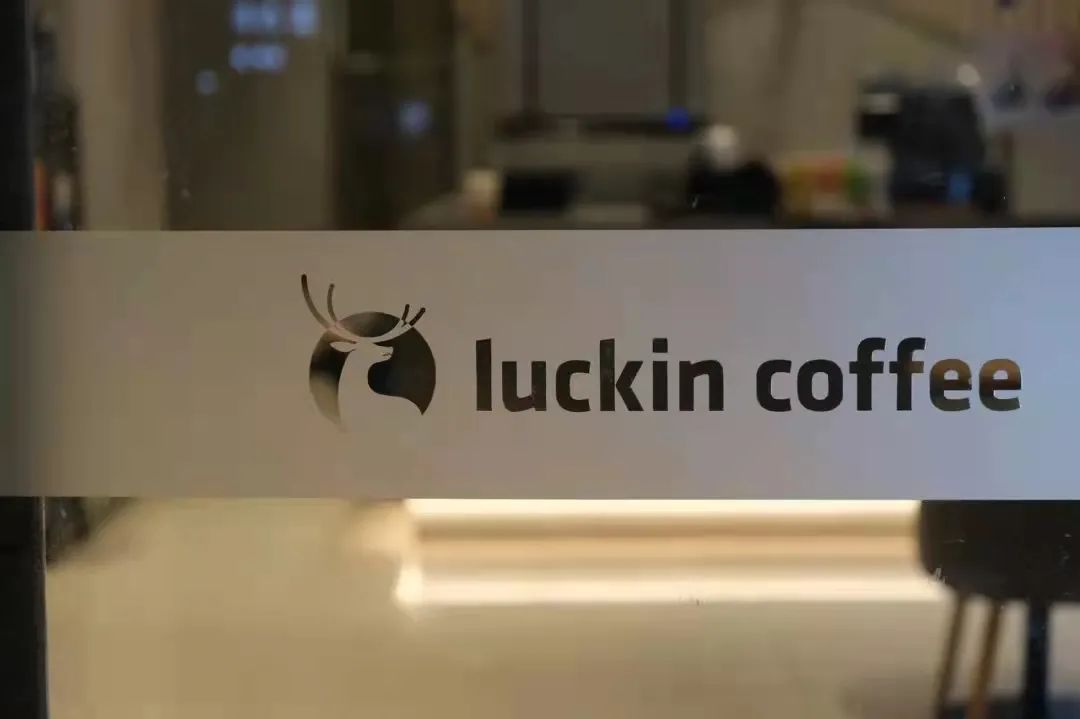
What is Luckin Coffee's way to crack new users? what are the target groups? Ruixing will hold a special shareholders' meeting soon.
Lucky performance fraud of 2.2 billion yuan has always been the object of public opinion, and Luckin Coffee, who experienced delisting at that time, was faced with three choices: directly declare bankruptcy; be acquired; and carry out restructuring and adjustment. Now it seems that Luckin Coffee, who frequently saves himself, chose the option of "restructuring and adjustment." And re-
Related
- What effect does Italian American coffee with filter paper have? Will coffee taste better if it is put on filter paper at the bottom of the powder bowl?
- What is the color difference in coffee beans? What are the characteristics of honey processed coffee beans? Why are the anaerobically treated coffee beans uneven in color?
- How does novice Xiaobai quickly get started and make coffee? Newbies learn to make coffee by hand and share the specific steps and process process!
- Costa tea has a shelf life of 100 years?! Expert: Unable to verify
- It's a huge uproar! American milk addition was rejected by Manner employees?!
- Mocha pot coffee bean recommendations| How fine and how much powder should be used for grinding? What parameter ratios do I need to use to make milk with Mocha pot coffee?
- What are the characteristics of the world's top ten coffee beans treated with Costa Rica honey? How to make black honey kadura from Tarazhu Pilon Processing Plant taste good?
- How to make deep-roasted coffee? What grinding water temperature does authentic Jamaica Blue Mountain No. 1 coffee use to brew it well?
- Selected high-grade rose summer coffee flavor tasting guide Why Panama rose summer has the aroma of flowers and fruits
- What equipment does a novice Xiaobai need to buy to learn to make coffee? Filter cup electronic scale bean grinder manual flushing pot purchase guide

